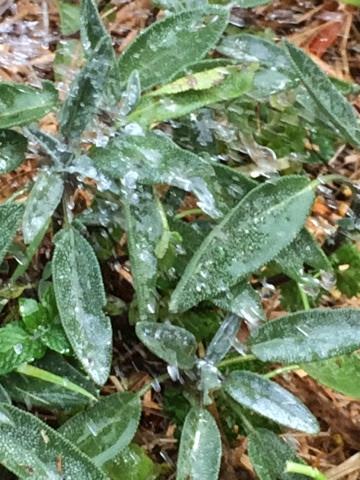I have just mixed up an all purpose stain removing, deodorising, non-toxic, disinfecting cleaner, poured it into a spray bottle, and a week's supply of this cleaner, cost me less than 30 C.
What you need:
An old trigger spray bottle (remove old labelling)White vinegar
Bicarb
Eucalyptus essential oil
Tea Tree Essential oil
Boiled and left to cool tap water
What you do:
Label the spray bottle! (this is VERY important, it is a safety mechanism to ensure things are labelled correctly, and also provides you with information on how to mix the cleaner the next time, as well as pointing out that its for multi purpose use)Pour into the bottle:
(this is for a 500 ml bottle)
- vinegar 50 ml
- Water 400 ml (then top up after the bicarb has finished fizzing )
- Add 5 drops each of the two essential oils
- slowly sprinkle in the teaspoon of Bicarb (it will fizz, which is why you do this slowly)
- wait till it stops fizzing then add the trigger nozzle
Label it: Multi Purpose surface cleaner: caution do not spray directly onto grout (this is because of the acidic quality of the vinegar you need to be careful to use the cleaner sparingly and diluted near grout)
Ingredients: (then add what the ingredients are )
| this is the label i made for my cleaning solution! I had run out of tea tree oil so my latest version doesn't include it. |
You can make the label pretty, or just scribble on the bottle.
Either way you are now good to go.
It cleans, disinfects, and deodorises hard surfaces, and can also be used as a spot clean stain remover on soft surfaces (always test in an inconspicuous area of fabric before you use it )
I bought uber cheap generic supermarket vinegar and bicarb, re-used an old trigger bottle, and my only real expensive outlay was for the essential oils, which at 100% strength are used sparingly and will last for a long time.
So my all purpose cleaner costs me less than 30c a bottle.
What are your DIY cleaning products, I'd love to hear about them in the COMMENTS below.
...............................................................................................................
NOTE: The publication of information in this blog does not constitute the practice of medicine, and this information does not replace the advice of your health care provider.



